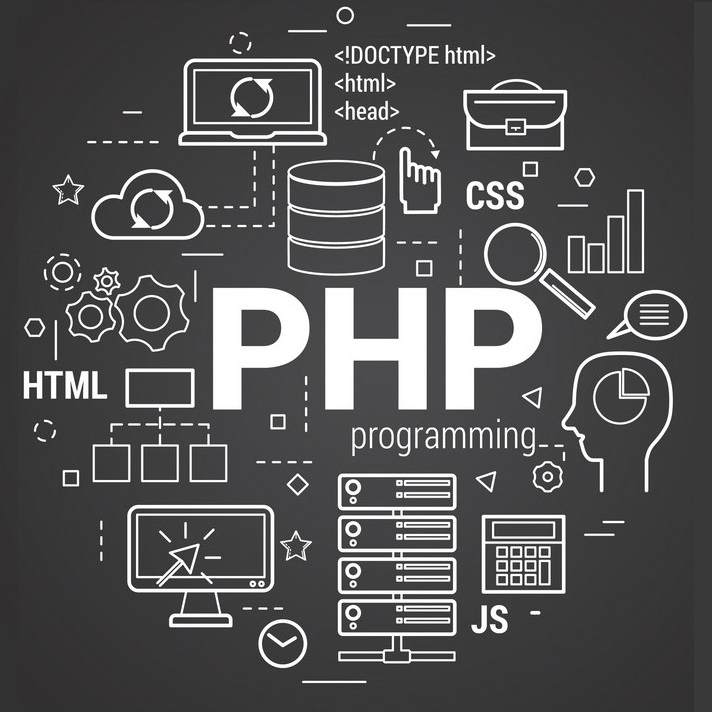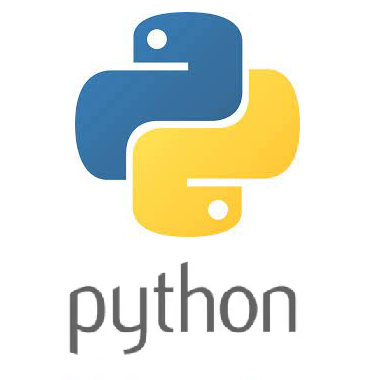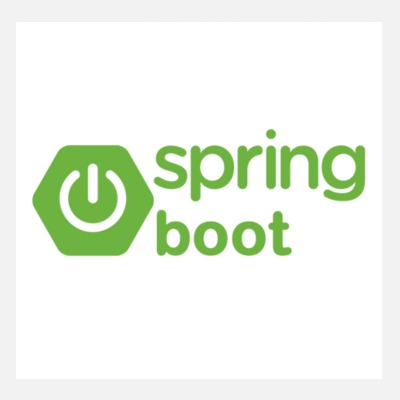PHP stands for “PHP: Hypertext Preprocessor” and is a server-side scripting language used for web development. It was created by Rasmus Lerdorf in 1994 and has since become one of the most popular programming languages for building dynamic web pages and web applications.
PHP code is embedded in HTML code and is executed on the server before the HTML code is sent to the client’s browser. PHP is an open-source language, which means it is free to use and can be modified by developers according to their requirements.
PHP is known for its simplicity and flexibility, and it can be used for a variety of tasks, from collecting form data and managing databases to building complex web applications. Some of the popular websites and applications that use PHP include Facebook, Wikipedia, and WordPress.
PHP also supports object-oriented programming, which allows developers to write modular and reusable code. Additionally, PHP has a vast community of developers who contribute to its development and support, making it a versatile and reliable language for web development.
Do you want to join live class and learn PHP directly directly from an expert trainer?
Register for upcoming PHP Programming with SQL live boot-camp and up skill your understanding & knowledge about PHP.
Hurry, limited seats available every month.










No Comments